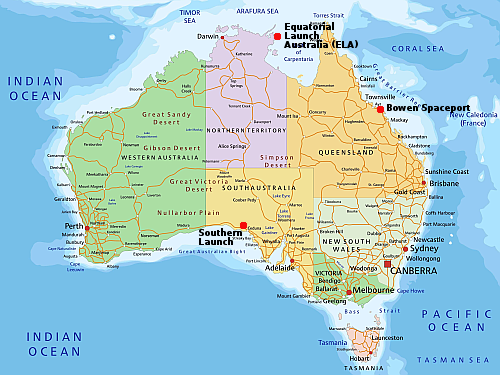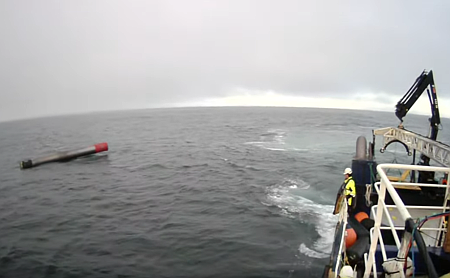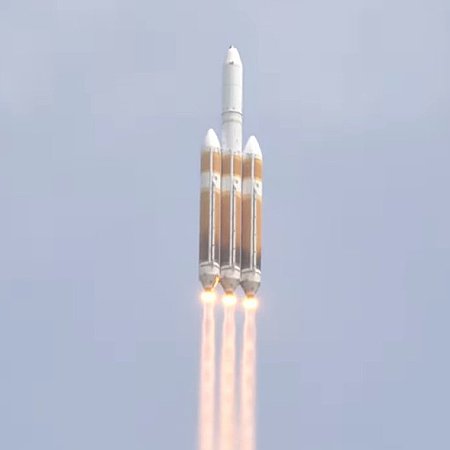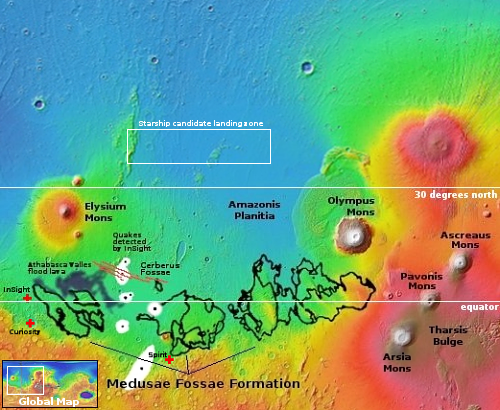It is simple: Conservatives don’t have the votes

The modern Republican Party and its voters
Many conservatives both in Congress and out have recently railed in fury at the compromises that House speaker Mike Johnson (R-Louisiana) has made with the Democrats in order to pass large multi-billion dollar foreign aid bills to help the Ukraine, Israel, and Taiwan protect their sovereignty and borders, while doing nothing to pass any bills to secure the American border at all.
That fury is best represented by Marjorie Taylor Greene, (R-Georgia), who has filed a motion to vacate the speaker but as yet has not followed through to force a vote. She has repeatedly condemned his willingness to work to pass Democratic Party proposals while doing little to help Republicans get their bills passed.
The problem however for Johnson is the same one faced by the previous Republican speaker, Kevin McCarthy, as well as the Republican speaker before him, Paul Ryan, and the speaker before him, John Boehner. All struggled to get Republican proposals passed, and all failed. None could garner a majority strong enough, especially because the Democrats stood firm and united in opposition and many Republicans were actually more allied with the Democratic Party agenda. It is this same problem that Greene faces and is why she has not moved to force a vote for a new speaker.
» Read more







